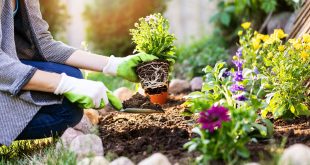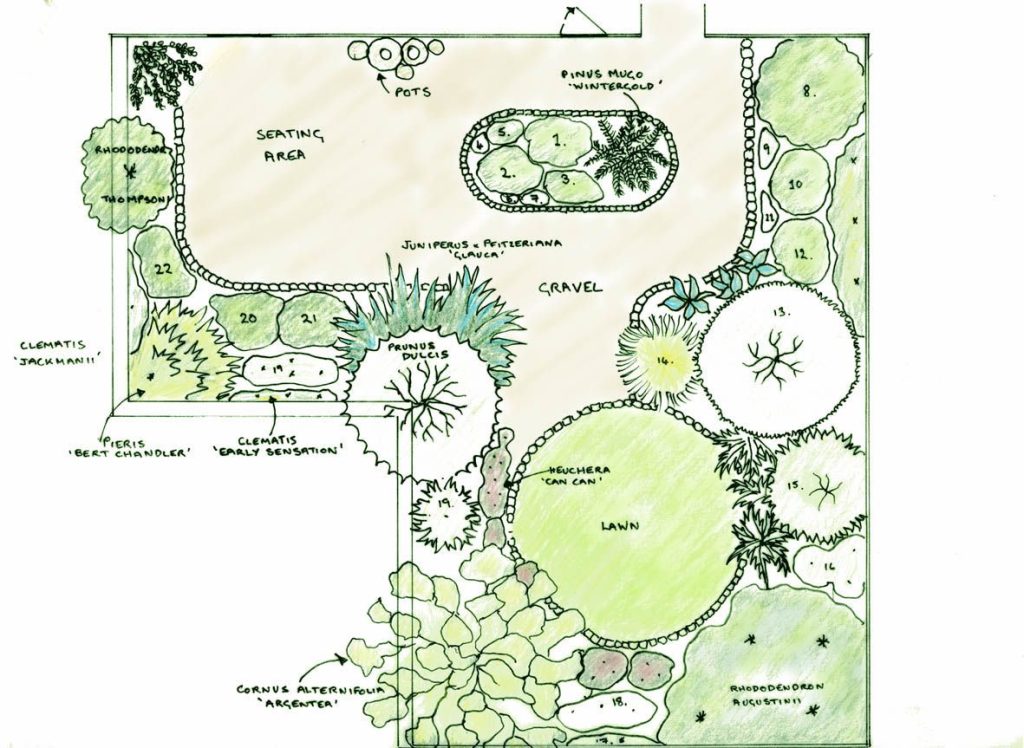As the chill of winter fades, it’s time to start planning your spring garden. Whether you’re an experienced gardener or a beginner, thoughtful preparation ensures a thriving and vibrant outdoor space. By taking the time to carefully assess your garden’s conditions and needs, you can set the stage for a productive and visually stunning growing season. From soil preparation to plant selection, every step you take now will pay off in lush blooms and bountiful harvests later in the season. Here’s a comprehensive guide to help you get started on your spring gardening journey.
Choosing the Right Location
The first step in planning your spring garden is selecting the perfect location. A successful spring garden requires ample sunlight, as most flowers and vegetables thrive with six to eight hours of daily exposure. Observe your yard carefully to identify areas with consistent sunlight and avoid spots that are prone to waterlogging or excessive shade. Accessibility is equally important in planning your spring garden, ensuring you can easily tend to your plants without difficulty. Having a nearby water source simplifies irrigation, particularly during dry periods. Additionally, consider the microclimates within your yard; some areas may be naturally warmer or cooler, which can influence the types of plants that will thrive. By thoughtfully planning your spring garden and choosing the right location, you create a strong foundation for a flourishing and visually stunning garden throughout the season.
Designing a Layout for Efficiency
An efficient layout is essential for maximizing the beauty and functionality of your spring garden. Start by dividing your garden into zones, such as flower beds, vegetable patches, and decorative areas. Use pathways or borders to separate these zones, allowing easy access for planting, watering, and maintenance. Layering plants by height adds depth and visual appeal—taller plants at the back, medium-sized ones in the middle, and ground covers along the edges. Companion planting is another efficient strategy, where certain plant pairings enhance growth or deter pests. For example, marigolds can protect vegetable patches from harmful insects. Incorporating containers or raised beds can further optimize space, especially in smaller gardens. A well-organized layout not only enhances the aesthetics of your spring garden but also simplifies your gardening tasks, ensuring a rewarding and enjoyable experience.
Seasonal Gardening Goals
Setting clear goals for your spring garden helps focus your efforts and ensures a fulfilling gardening experience. Decide whether your garden will primarily feature flowers, vegetables, or a mix of both. For a decorative spring garden, focus on vibrant, fragrant blooms like tulips, daffodils, and lilacs. If self-sustainability is your aim, plant seasonal vegetables such as spinach, lettuce, and peas. Another goal could be creating a pollinator-friendly habitat with native plants to support bees and butterflies. Break down your goals into manageable tasks, such as planting schedules, fertilizing routines, and pest control measures. Aligning your gardening practices with seasonal goals ensures your spring garden is not just a beautiful space but also a reflection of your aspirations and creativity.
Assess Your Space and Soil
Before planting, evaluate your garden space to determine the best areas for different plants. Check soil quality by testing its pH level and nutrient content. Many plants thrive in neutral to slightly acidic soil, so adjusting the pH accordingly can be crucial. Enrich the soil with compost, well-rotted manure, or organic matter to provide essential nutrients for healthy plant growth. If your soil is too compacted, aerate it to improve drainage and root penetration. Properly prepared soil forms the foundation of a successful garden, so take the time to ensure it is rich, loose, and full of life.

Start Seeds Indoors
For an early start, begin germinating seeds indoors about 6-8 weeks before the last frost. This method gives delicate plants a head start and allows for stronger seedlings when transplanting. Use seed trays filled with nutrient-rich, well-draining soil and keep them in a warm, well-lit area, such as a sunny windowsill or under grow lights. Regularly mist the soil to keep it moist but not waterlogged. Once the weather warms up, gradually harden off seedlings by exposing them to outdoor conditions for a few hours each day before permanently planting them in the garden. This process helps prevent transplant shock and promotes healthier plant development.
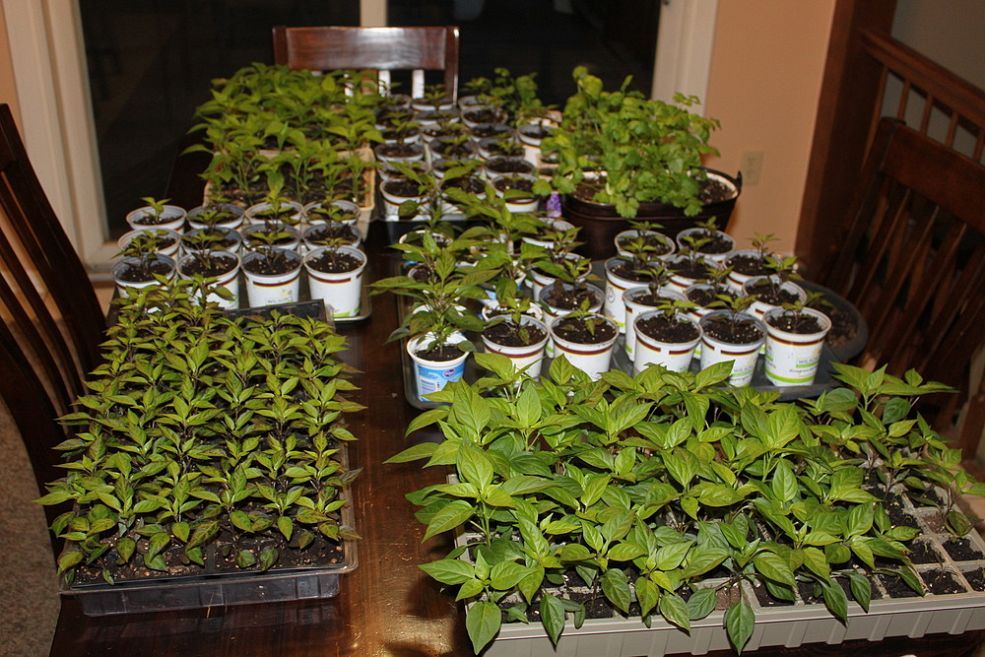
Prepare Your Garden Beds
Before planting, clear out any weeds, old plants, or debris left from the previous season to prevent diseases and pests from lingering. Turn the soil to improve aeration and mix in compost or organic fertilizer to boost its nutrient content. Mulching is an effective way to retain moisture, suppress weeds, and regulate soil temperature. Organic mulch such as straw, wood chips, or shredded leaves provides additional nutrients as it decomposes. Raised garden beds can also be a great option for improving drainage and extending the growing season, especially in areas with heavy clay or sandy soil.
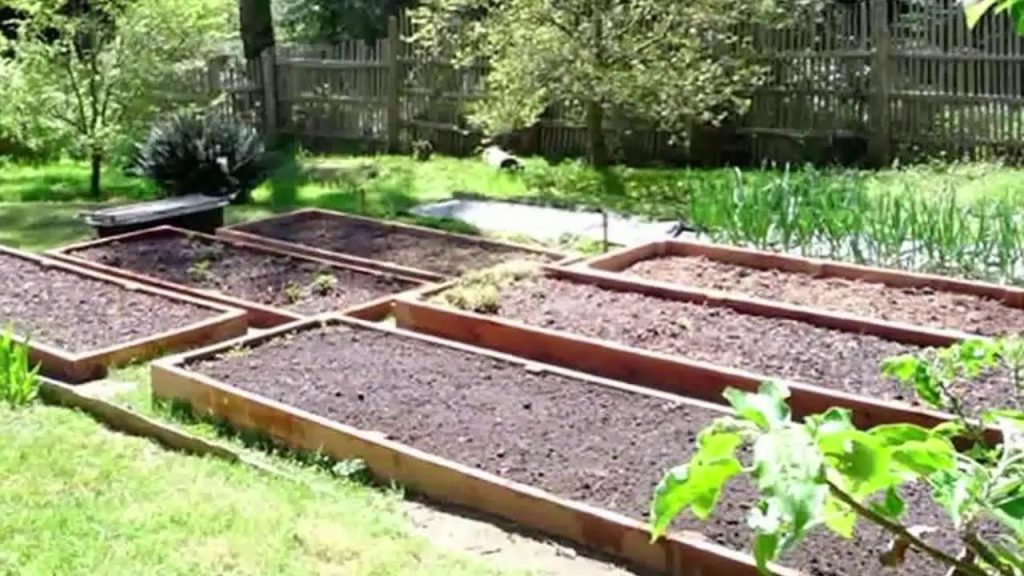
Water and Maintenance Strategy
A consistent watering and maintenance routine is essential to keep your spring garden flourishing. Set up a watering schedule to ensure plants receive adequate moisture, particularly during the early growth stages. Drip irrigation or soaker hoses can help conserve water while providing deep hydration to plant roots. Be mindful of overwatering, as this can lead to root rot and fungal diseases. Regularly check for pests and diseases by inspecting leaves and stems for any signs of damage. Implementing natural pest control methods, such as introducing ladybugs to combat aphids or using neem oil sprays, can help maintain a healthy garden ecosystem without harmful chemicals.
Add Personal Touches
A well-designed garden is not only productive but also serves as a beautiful and tranquil retreat. Consider adding decorative elements such as garden pathways, trellises, or ornamental pots to enhance visual appeal. Creating defined garden sections with stepping stones or edging can bring structure to your space. Adding a seating area with benches or a small patio allows you to enjoy the serenity of your garden. Lighting elements such as solar-powered lanterns or fairy lights can add ambiance, making your garden a delightful space even after sunset.
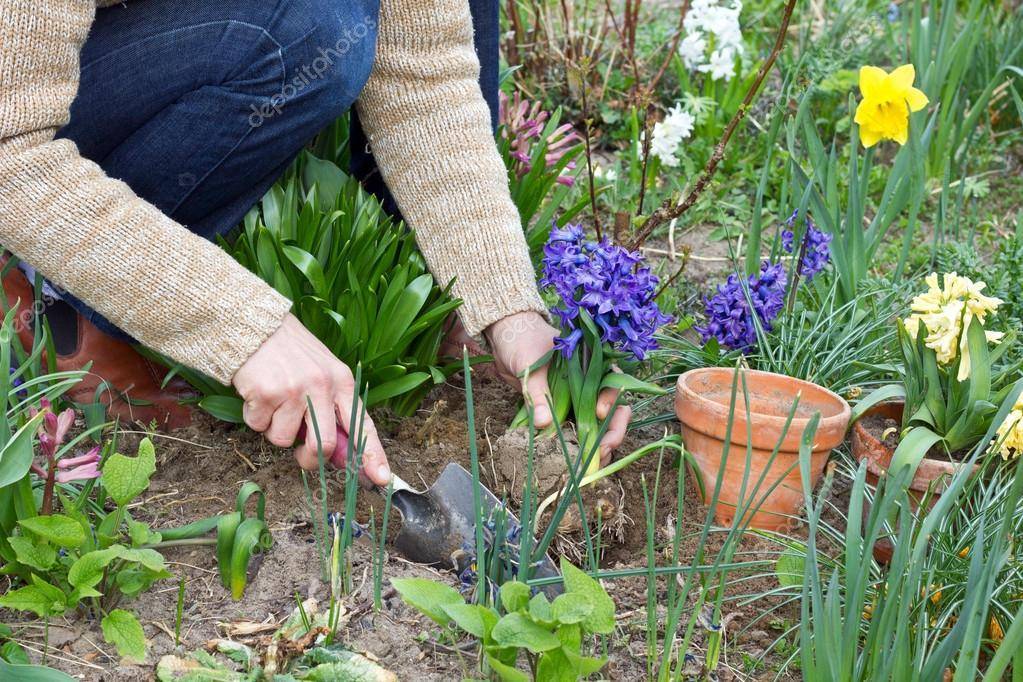
Seasonal Care and Continuous Improvement
Maintaining a garden is an ongoing process that requires attention and care throughout the season. Keep a gardening journal to track plant growth, blooming cycles, and any issues that arise. This will help you make informed decisions for future gardening seasons. Regularly prune dead or overgrown plants to encourage new growth and prevent overcrowding. Rotate crops in vegetable gardens each year to maintain soil fertility and reduce the risk of disease buildup. Engaging with local gardening communities or online forums can also provide valuable insights and advice from fellow gardening enthusiasts.
Sustainable Gardening Practices
Incorporating sustainable gardening practices can benefit both your plants and the environment. Use organic fertilizers and natural pest control methods to reduce chemical exposure. Collect rainwater for irrigation to conserve water and minimize dependency on municipal supplies. Composting kitchen scraps and garden waste enriches the soil and reduces landfill waste. Encouraging biodiversity by planting a variety of species helps maintain a balanced ecosystem, attracting beneficial insects and birds that contribute to the health of your garden.
By planning your spring garden carefully and thoughtfully, you can enjoy a lush and productive outdoor space throughout the season. Start early, stay consistent with your care routine, and watch as your efforts transform into a thriving and colorful garden that brings joy, relaxation, and a bountiful harvest! Gardening is a rewarding endeavor that connects us with nature, providing a peaceful and fulfilling experience year after year.
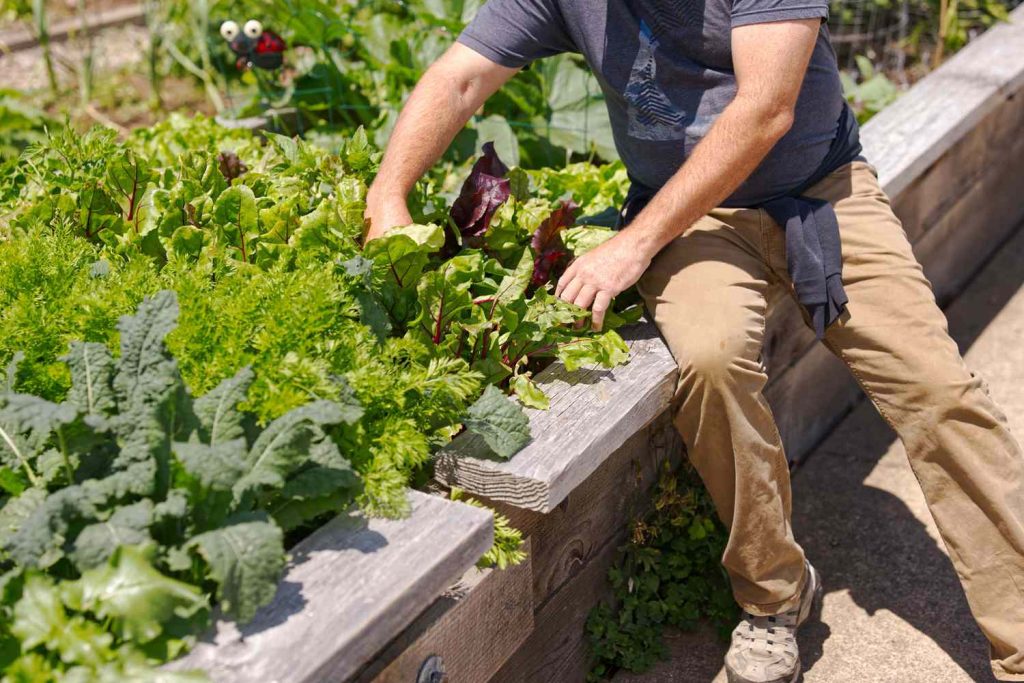
 Spring Garden
Spring Garden
